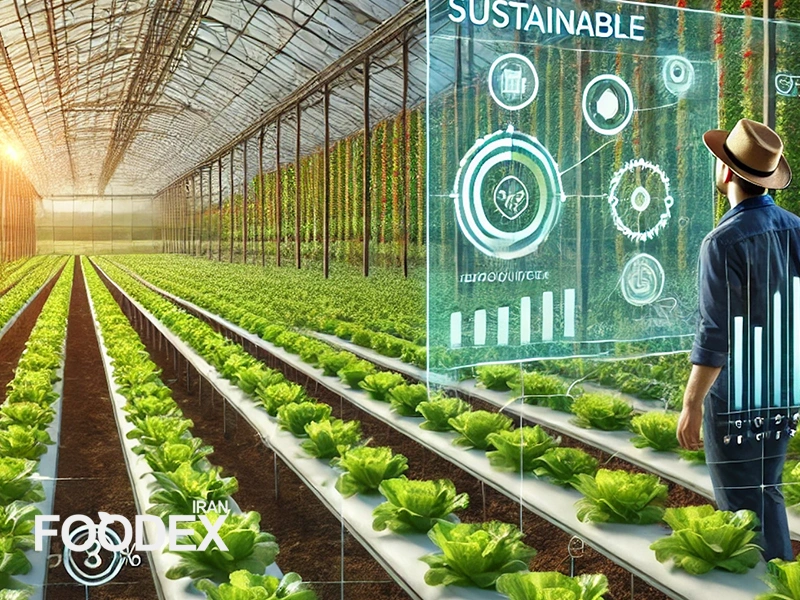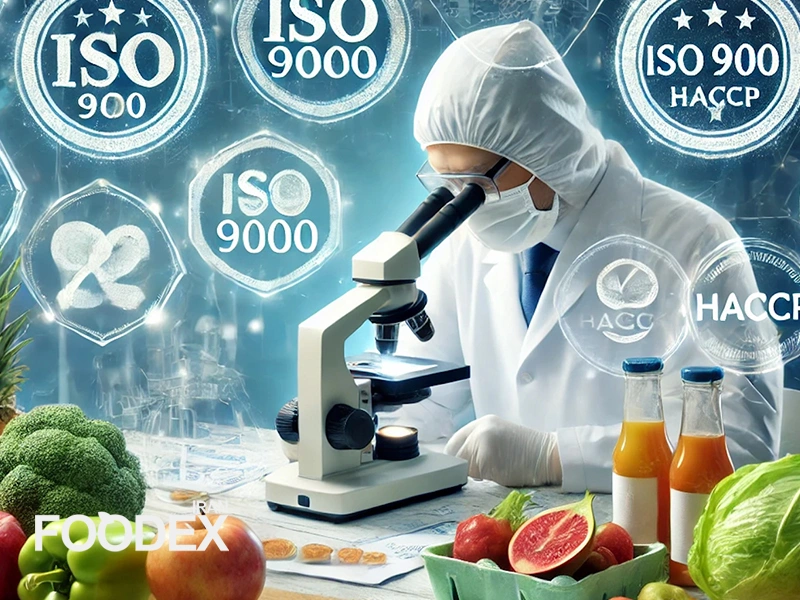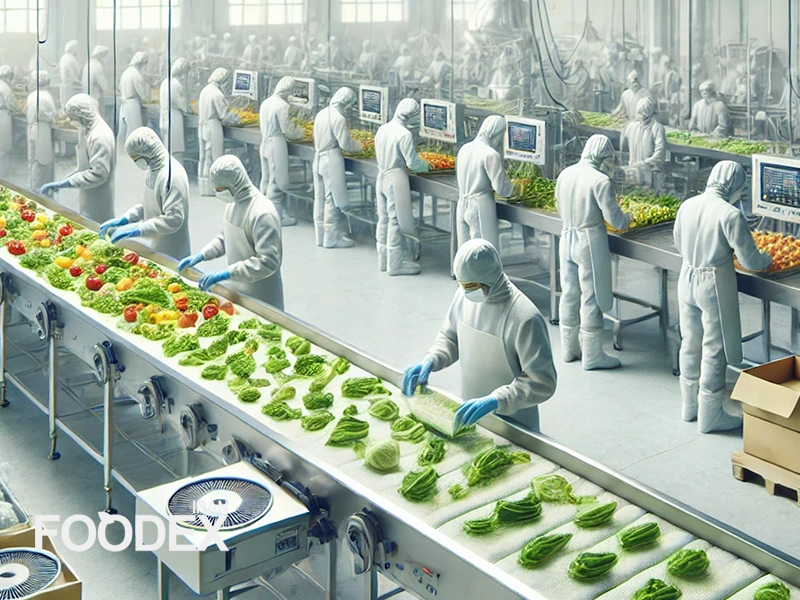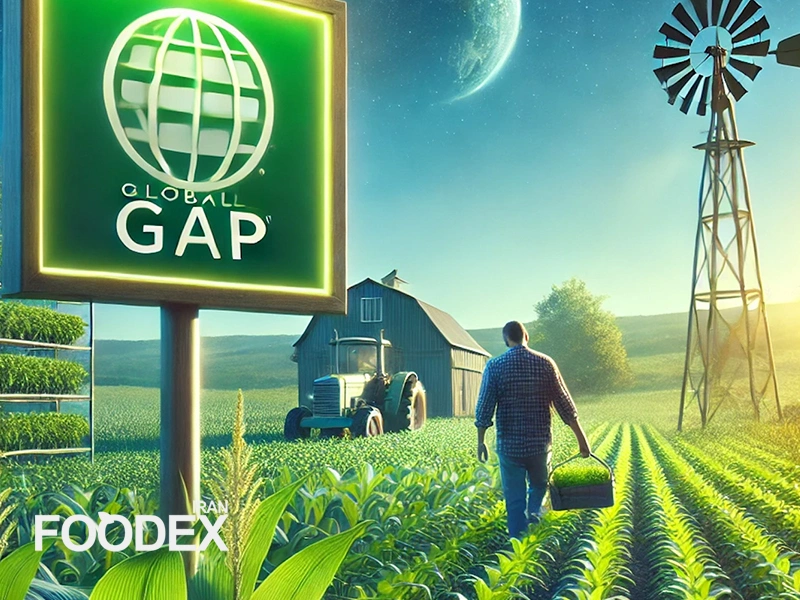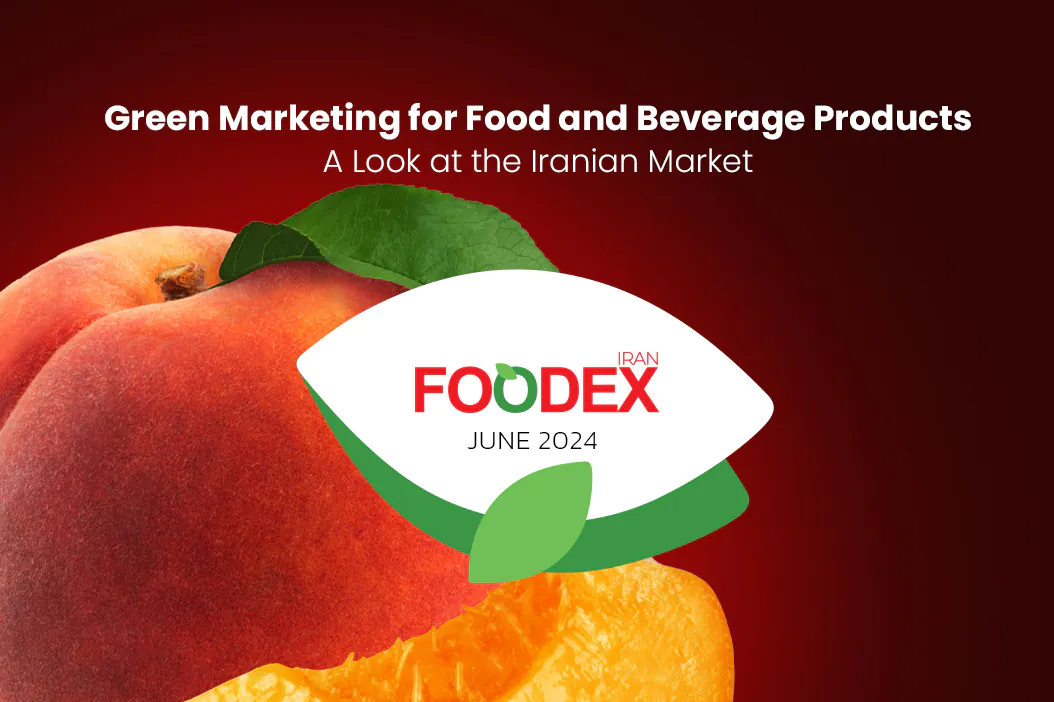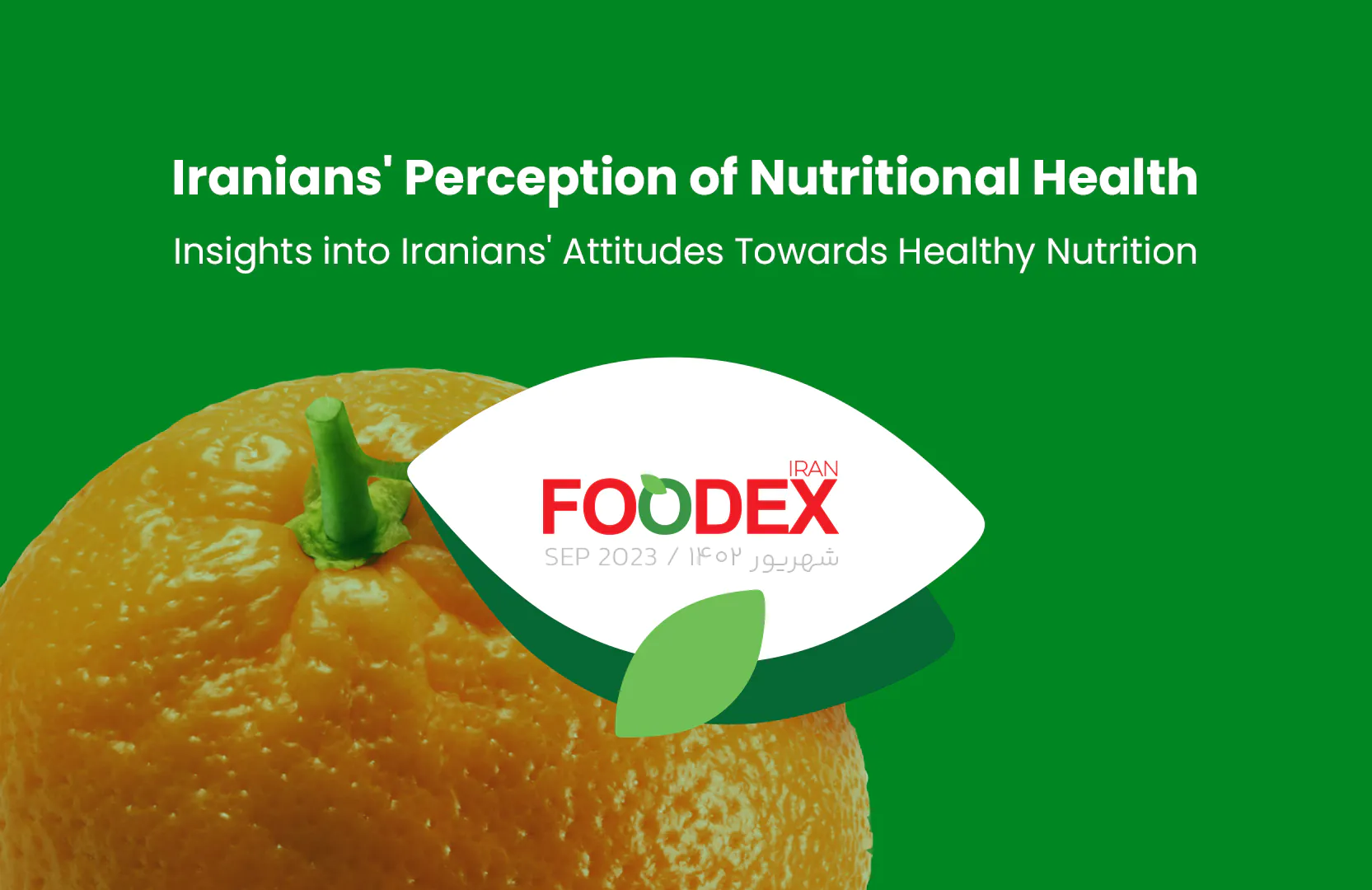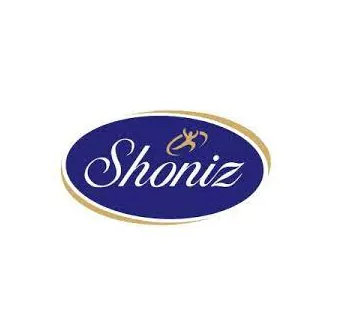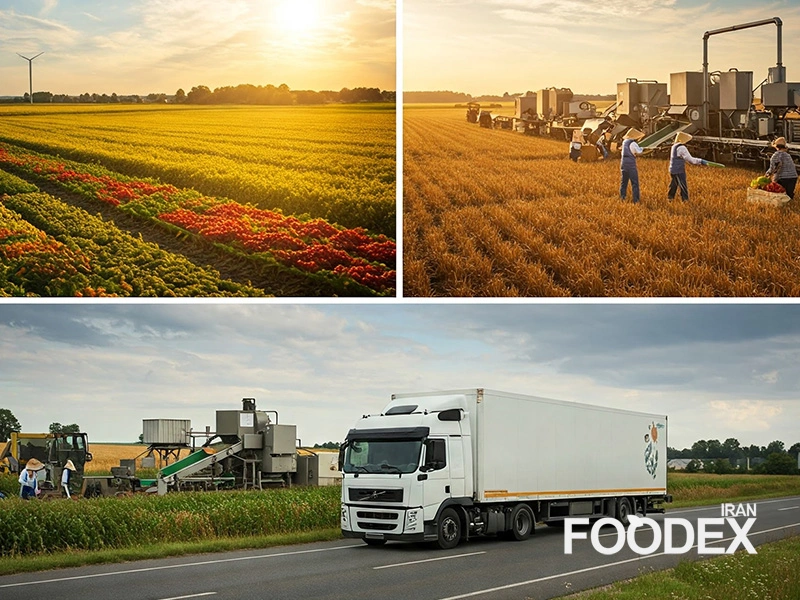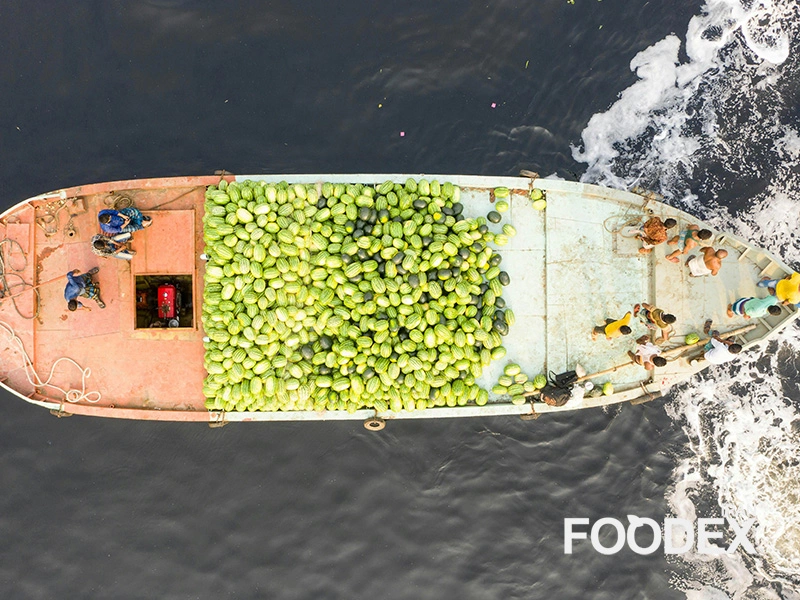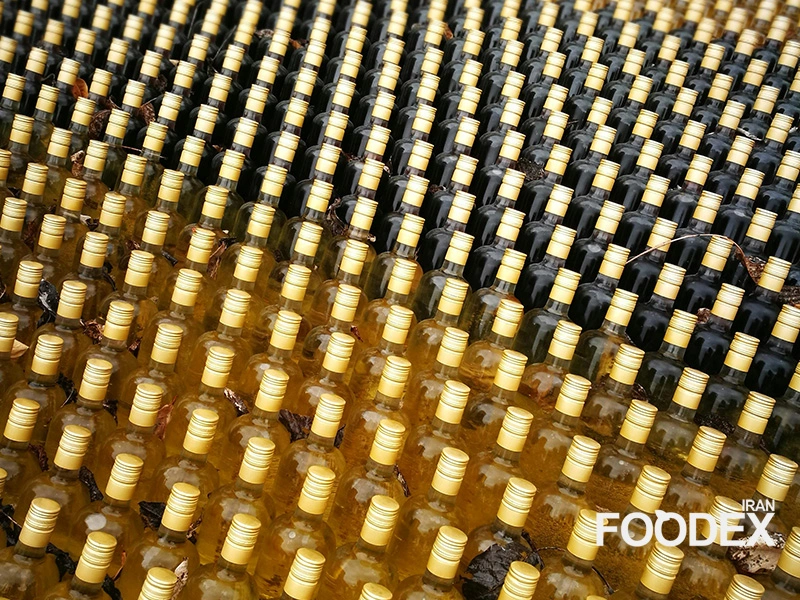Today, consumers seek more than just a high-quality product but also health and safety assurance. In this respect, industrial standards play a critical role in establishing trust between producers and consumers as one of the main pillars of the supply chain. Standards govern every process, from agricultural farms right up to store shelves, in how products are processed and distributed to meet quality and safety standards.But why is an industrial standard relevant in the food industry? How would that increase competitiveness both within national and international markets?
We shall discuss, in this paper, some of the key standards, like ISO 9000, HACCP, and GLOBALGAP, to show how these are impacting quality, safety, and consumer trust.
Keep your eyes on Foodex Iran Magazine for more details on the role of standards in ensuring the success of the food value chain.
What Are Industrial Standards?
Industrial standards are agreed-on criteria and methods that ensure quality, safety, and compatibility in a wide array of products or services within industries. Such standards may be required by the government or voluntarily developed by private sectors and independent organizations.
The main objective of industrial standards is to instill confidence in the supply chain, minimize costs, enhance efficiency, and ensure that the needs of the consumer are met. Within the food industry, these standards are particularly important since they relate directly to the quality and safety of the products, which have a great bearing on human health.
Definition of a Standard
A standard is a set of agreed-upon criteria and methods developed to achieve a specific level of quality. These may involve requirements for the production, processing, packaging, or distribution of products. Standards help not only in the evaluation of the quality of the product but also increase efficiency and reduce possible problems within the supply chain.
Types of Standards
Standards are mainly classified into three types, depending on their implementation and requirements:
Mandatory Standards
By default, mandatory standards are those governments develop, which every producer ought to adhere to. In essence, it may concentrate on some perspectives concerning the safety of the food, its hygiene, or any legal need.
For instance, the Food Safety Regulation of the European Union – Regulation 178/2002 ensures the safety and traceability of food products.
Voluntary Standards
Voluntary standards are developed by the private sector or independent organizations and are not obligatory. However, companies may adopt these standards to differentiate their products or manage risks.
For instance, organic standards set by independent organizations apply to products grown without harmful chemicals.
De Facto Standards
De facto standards are accepted informally but widely by the industry. Because of this extensive use, they are recognized as a valid benchmark.
GLOBALGAP is an example of a de facto standard that provides assurance of compliance with sustainability principles and product quality in agriculture.
The Role of Standards in the Supply Chain
Standards play various roles in the supply chain, directly impacting the quality and safety of products. Some of the most important roles include:
Reducing Information Asymmetry
The standardization of information regarding the quality and characteristics of goods provides accurate information. Transparency in information has narrowed the gap between buyers and sellers, therefore developing trust among parties.
Risk Management
By ensuring quality and safety, standards minimize the risks associated with defective or unsuitable products. This is particularly critical in the food industry, where consumer safety is paramount.
Product Differentiation
Standards allow businesses to differentiate their products in the marketplace. Differentiation may include features such as being organic, adhering to environmentally friendly principles, or using sustainable packaging.
Application of Standards in the Food Industry
Standards are utilized at various stages of the supply chain, from agriculture to packaging and distribution. These applications include:
Labeling and Transparency
Standards ensure that only correct and important information, such as the date of production, ingredients used, and nutritional value, appear on the packaging of goods.
Building Trust
The presence of recognized standard logos on products enhances consumer confidence and encourages purchase decisions.
Facilitating International Trade
Global standards such as ISO 9000 simplify the export and import of products. These standards ensure that products meet quality and regulatory requirements in the destination country.
3PL Logistic’s Role in Developing the Global Food Supply Chain
Learn MoreThe Role of Standards in the Supply Chain
Standards play various roles in the supply chain, directly impacting the quality and safety of products. Some of the most significant roles include:
Reducing Information Asymmetry
Standards provide clear and accurate information about the characteristics and quality of products. This transparency helps bridge the information gap between buyers and sellers, fostering trust between the parties.
Risk Management
By ensuring quality and safety, standards reduce the risks associated with defective or unsuitable products. This is particularly critical in the food industry, where consumer safety is paramount.
Product Differentiation
Standards enable companies to distinguish their products in the marketplace. Differentiation can include features such as being organic, adhering to environmental principles, or using sustainable packaging.
Application of Standards in the Food Industry
Standards are utilized at various stages of the supply chain, from agriculture to packaging and distribution. These applications include:
Labeling and Transparency
Standards ensure that accurate and necessary information, such as production date, ingredients, and nutritional value, is displayed on product packaging.
Building Trust
The presence of recognized standard logos on products enhances consumer confidence and encourages purchase decisions.
Facilitating International Trade
Global standards such as ISO 9000 simplify the export and import of products. These standards ensure that products meet quality and regulatory requirements in the destination country.
Practical Example of Standards Implementation
Imagine a yogurt brand that decides to adopt international quality management standards like ISO 9000. In this case, the brand:
Mandatory Standards: Compliance with national food safety laws to ensure its products are free from microbial contamination.
Voluntary Standards: Obtains organic certification to attract customers who value natural products.
De Facto Standards: Collaborates with farmers who adhere to GLOBALGAP standards.
By meeting these standards, the product will feature the following benefits:
Clear and Accurate Labeling: Information such as production dates and relevant certifications will be displayed.
Consumer Assurance: Logos like “organic” will reassure customers.
Compliance with Legal and International Requirements: The product will be ready for export.
Meta-Standards and Meta-Systems
Meta-standards and meta-systems help companies ensure quality, safety, and sustainability throughout all stages of the supply chain. These systems are designed as comprehensive tools to improve the overall performance of the supply chain and build greater trust among its stakeholders.
What Are Meta-Systems?
Meta-systems are a collection of overarching standards and processes used to manage quality and safety across all parts of the supply chain. These systems are typically overseen and certified by independent organizations to ensure proper and accurate implementation.
Key Features of Meta-Systems
Auditing and Certification: Certification by independent organizations (e.g., HACCP or ISO 9000) is required.
Documentation: Complete recording of processes to guarantee precise execution.
Implementation and Verification: Ensures correct and consistent application of processes.
Example of a Meta-System in Practice
A meat production company using the HACCP system documents all its production processes and collaborates with an independent body to monitor and certify safety standards. These measures ensure the delivery of safe and high-quality products to the market.
Since the 1980s, various meta-systems have been introduced across different industries. Key examples include:
ISO 9000: Quality Management
ISO 9000 is an international standard series developed by the International Organization for Standardization (ISO) to manage the quality of products and services.
Features of ISO 9000
Based on quality management principles, such as customer focus and continuous improvement.
Includes ISO 9001, which specifically focuses on quality requirements.
Application of ISO 9000
Ensures products and services meet customer needs.
Builds trust among customers and business partners through credible certification.
Example: A pasteurized milk factory uses ISO 9000 to maintain quality at every production stage, from sourcing raw materials to final packaging.
ISO 14000: Environmental Management
ISO 14000 is a series of standards focused on environmental management, helping organizations minimize the negative impacts of their activities on the environment.
Features of ISO 14000
Includes ISO 14001, which emphasizes waste reduction and sustainable use of natural resources.
Application of ISO 14000
Reduces resource consumption and manages waste to protect the environment.
Enhances brand image by adhering to environmental responsibilities.
Example:
A beverage company implementing ISO 14000 reduces water usage and introduces a recycling system for plastic bottles.
HACCP: Food Safety
HACCP (Hazard Analysis and Critical Control Points) is a preventive system designed to identify and manage biological, chemical, and physical hazards in food production.
Features of HACCP
Focuses on prevention rather than final inspection.
Includes seven principles, such as hazard identification and defining critical control points (CCPs).
Application of HACCP
Identifies and mitigates food safety risks at every stage of the supply chain.
Example
A sausage and deli meat producer uses HACCP to monitor critical factors like storage temperature and cooking processes, reducing microbial contamination risks.
ECR: Efficient Consumer Response
ECR is a system aimed at improving collaboration between suppliers and retailers to enhance customer satisfaction and reduce costs.
Features of ECR
Uses sales data and customer feedback to optimize the supply chain.
Focuses on inventory management and demand forecasting.
Application of ECR
Reduces inventory costs and prevents stock shortages or overstocking.
Example
A supermarket uses ECR to optimize dairy product inventory based on sales data.
Just-In-Time (JIT): Supply Chain Management
JIT is a method for minimizing inventory and producing goods exactly when needed.
Features of JIT
Reduces storage costs.
Increases speed and efficiency in production and distribution.
Application of JIT
Ideal for industries requiring rapid production and market responsiveness.
Example:
An automobile manufacturer uses JIT to ensure that assembly components arrive at the factory precisely when needed.
The Role of Meta-Systems in Enhancing the Supply Chain
Meta-systems play a crucial role in improving the quality, safety, and efficiency of supply chains. Implementing these systems can help companies achieve the following:
Cost Reduction: By minimizing waste and increasing efficiency.
Enhanced Customer Trust: Through compliance with reputable standards.
Facilitated Exports: By aligning with international requirements.
A Combined Example of Meta-Systems
A dairy brand might implement a combination of multiple systems:
ISO 9000 for quality management.
HACCP for ensuring food safety.
JIT (Just-In-Time) for inventory management.
This integration ensures that high-quality, safe products are delivered to the market promptly while reducing supply chain costs.
Reasons for Implementing Meta-Systems
Meta-systems are employed in the food industry and supply chains for several reasons. They not only ensure quality and safety but also enable companies to compete more effectively and manage processes more efficiently.
Risk Management: Reducing risks associated with poor quality or inadequate product safety.
Competitive Advantage: Creating differentiation in domestic and international markets.
Improved Efficiency: Lowering the need for repetitive testing, speeding up product development, and reducing returns of defective goods.
Standard Interaction: Harmonizing mandatory, voluntary, and quasi-mandatory standards.
A Practical Example of Meta-Systems Implementation
A fresh vegetable exporter aiming to enter European markets might adopt the following standards:
HACCP to ensure food safety.
ISO 14000 to meet environmental requirements.
Organic Standards to attract niche customers.
This combination not only minimizes risks but also provides access to high-demand markets.
Impact of Meta-Systems on Profitability
Implementing meta-systems can have both positive and negative effects on a company’s profitability, depending on how the systems are applied and the requirements of the standards.
Positive Impacts
Improved Cost Management: Voluntary systems like ISO 9000 improve processes and reduce waste, lowering operational costs.
Increased Customer Trust: Compliance with standards attracts more customers and strengthens loyalty.
Negative Impacts
Higher Implementation Costs: Quasi-mandatory standards imposed by customers or major buyers may create additional expenses for the company.
A Hypothetical Case Study
A canned goods producer voluntarily implements ISO 9000 to manage costs by reducing waste. However, if a major client demands compliance with additional proprietary standards, the company may face increased implementation expenses.
Interaction Between Standards
The interaction between various standards (mandatory, voluntary, and quasi-mandatory) can lead to improved product quality and increased market value. Standards are often complementary, and adopting one standard prepares a company for implementing others.
A Hypothetical Example
An organic beverage producer aiming to enter international markets might adopt the following standards:
HACCP: To ensure food safety.
ISO 9000: For quality management in production.
GLOBALGAP: To guarantee adherence to sustainable farming principles.
This synergy between standards ensures that the final product is high-quality, safe, and compliant with global market regulations.
Food Quality Standards
Food quality standards are defined at national, international, public, and private levels. These standards assist companies in aligning their products with regulatory requirements and consumer expectations.
Best Practices
Best practices refer to methods and techniques that consistently deliver superior results compared to alternatives. These serve as benchmarks for maintaining product quality and safety.
Types
Good Agricultural Practices (GAP): Ensures safe and healthy agricultural products.
Good Manufacturing Practices (GMP): Ensures safe and high-quality production processes.
Good Distribution Practices (GDP): Maintains quality during storage and distribution.
Example: A jam production facility:
GAP: Ensures purchased fruits are free from harmful pesticides.
GMP: Verifies that production lines are sanitary.
GDP: Maintains proper temperature and humidity conditions for jam storage.
Marketing Standards
Marketing standards focus on product quality and labeling, dictating how products should be presented in the market.
Types
General Marketing Standards (GMS): Cover all fresh products, such as fruits, vegetables, and nuts.
Specific Marketing Standards (SMS): Cater to specific products, like apples, oranges, or grapes.
Example: An orange exporter to Europe:
Ensures the oranges meet SMS criteria, such as being blemish-free and uniform in size.
Labels the product with origin country, quality class (e.g., “Class 1”), and other essential details.
Food Safety Standards (HACCP)
HACCP is a preventive system for identifying and controlling food safety hazards throughout production and distribution.
Features
Focuses on prevention rather than final inspection.
Includes 7 principles, such as hazard identification and defining Critical Control Points (CCP).
Example: A potato chip manufacturer:
Uses HACCP to ensure potatoes are fried at the correct temperature to minimize the formation of acrylamide (a harmful chemical).
Monitors critical factors, such as oil temperature and cooking time, with precision.
Some Common Challenges within the Supply Chain
Learn MoreInternational Quality Standards (ISO 9000)
ISO 9000 is a set of international standards designed to manage quality in production and service processes. These standards help companies ensure the quality of their products and processes while meeting customer needs effectively.
Example: A biscuit manufacturing company:
Uses ISO 9000 to document production processes and improve quality control at every stage.
Ensures that all products are manufactured to a consistent quality standard, enhancing customer satisfaction.
Private Retail Standards (e.g., GLOBALGAP and Tesco Nurture)
These standards are developed by retailers and imposed as requirements for suppliers to ensure quality and sustainability.
Features
Focus on sustainability, environmental protection, and social responsibility.
Offer certifications at various levels, such as bronze, silver, and gold.
Example: An apple supplier working with Tesco
Must comply with Tesco Nurture, which mandates reducing pesticide use, employing renewable energy, and ensuring fair working conditions for employees.
Products are inspected annually to verify compliance with all requirements.
GLOBALGAP Standard
GLOBALGAP is an international standard designed to ensure the safety, sustainability, and traceability of agricultural products.
Features
Applicable to agricultural products such as fruits, vegetables, and fish.
Emphasizes product traceability from farm to store.
Example: A tomato producer in Iran:
Implements GLOBALGAP to export tomatoes to Europe.
Uses barcodes to trace products throughout the supply chain.
This standard guarantees that tomatoes are produced sustainably and free of contamination.
The Impact of Standards on the Food Supply Chain
Standards and best practices provide significant benefits to companies in the food supply chain by enabling them to:
Ensure Safety and Quality: Guarantee that final products are of high quality and safe for consumers.
Comply with Legal Regulations: Align with local and international requirements.
Build Customer Trust: Certified products gain more trust from consumers and business partners.
Optimizing the Food Supply Chain
Best Practices for Boosting EfficiencyFinal Thoughts
Industrial standards serve as the backbone of the food supply chain. They ensure the quality, safety, and sustainability of products while empowering companies to compete effectively in domestic and international markets.In today’s world, where consumers place a high value on product quality and safety, adherence to standards allows companies to enhance their offerings and achieve success in diverse markets.
FAQ
What are industrial standards in the food industry?
Industrial standards are sets of criteria and processes designed to ensure quality, safety, and consistency in food production and distribution.
How do standards like HACCP benefit the food supply chain?
Standards like HACCP prevent risks by identifying and controlling hazards, ensuring food safety at every stage of the supply chain.
Why are industrial standards important for global trade?
Standards like ISO 9000 align products with international regulations, facilitating smoother exports and building trust with global consumers.
Ehsan Allahverdi
Executive Manager of Foodex Iran
Marketing Consultant for Leading Food & Beverage Brands
website | linkedin

